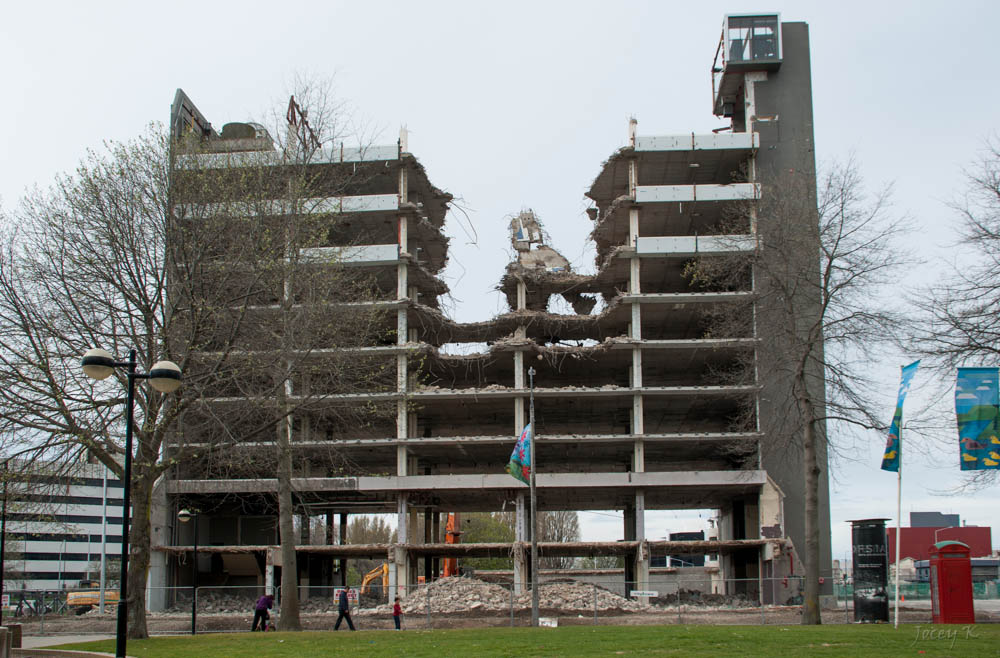In the same way that Uber extracts more value from the taxi business by not owning taxis, design sites like Fiverr and Upwork exploit the creative value that freelancers offer and on-sell it, without any obligations to quality or professional standards. As a freelancer, you might think you are establishing valuable connections with new clients, but in truth, both clients and freelancers are customers of the design site itself—and they set the rules.
These sites allow clients to set whatever budget price they’re prepared to pay and freelancers to bid at whatever rate they want. The reality? Both tend to submit the lowest price possible.
Clients do this because they see other job listings with low rates and hey, nobody wants to pay above the odds, right? Their expectations are probably quite low—using an online design marketplace is a low-risk play for them, with potential for a great result, but easy to write off if it’s less than stellar.
For freelancers, the benefits are less apparent. Sure, you can work for anyone, anywhere in the world, but so can anyone else. So professional designers lower their rates to compete against students and the unskilled, in a bidding war where nobody wins.
Online design marketplaces commoditize the design process. The low pay rates mean shortcuts are taken to make the work economically viable, producing low quality, derivative design products that might only be worth a ‘fiver’. The market is price-driven and doesn’t necessarily reward experience or professionalism.
As a design professional at Activate Design in Christchurch, New Zealand, I’ve been wondering, how do we compete against this model? The answer? Don’t compete, just improve.

In 2011, Christchurch was struck by a devastating earthquake. The city was in ruins but it was the strength of the relationships that helped us cope and rebuild. It showed me how important it was to have strong connections with others in your neighbourhood.
What’s this got to do with design? Perhaps more than most business transactions, a design project requires a good working relationship between client and designer. As part of this relationship, we delve into quite personal information about a company—its values and ambitions. That information needs to be handled with care and respect. For design companies, your ‘neighbourhood’ is the community of clients, designers and freelancers you like and want to work with.

Online design marketplaces undoubtedly cater to a sector of the design industry but I think if we focus on our clients and improving the service we deliver, we needn’t worry about the future. Clients are happy to pay well when you provide them with ideas and design products that have strength and integrity.
So the next time someone asks “Why should I spend all this money with you?” Here are four compelling reasons why they should use a professional design service:
Will online design marketplaces cannibalise market share from more traditional design businesses? It’s hard to say—in some respects they may actually serve to promote the value of good design. Forward-thinking design companies would do well to take notice of the features that attract people to these sites (e.g. results-focused marketing, online forms for submitting work requests, incorporating the latest design trends such as flat design) and incorporate them into their operations where possible.
So will designers be rioting in the streets like the taxi drivers?
Hopefully not —but as always, it’s up to us in the design community to speak up and make sure clients see the value in what we offer.
Photos by Jane Ross, Angela Bethell, Jocelyn Kinghorn, Scott M Liebenson